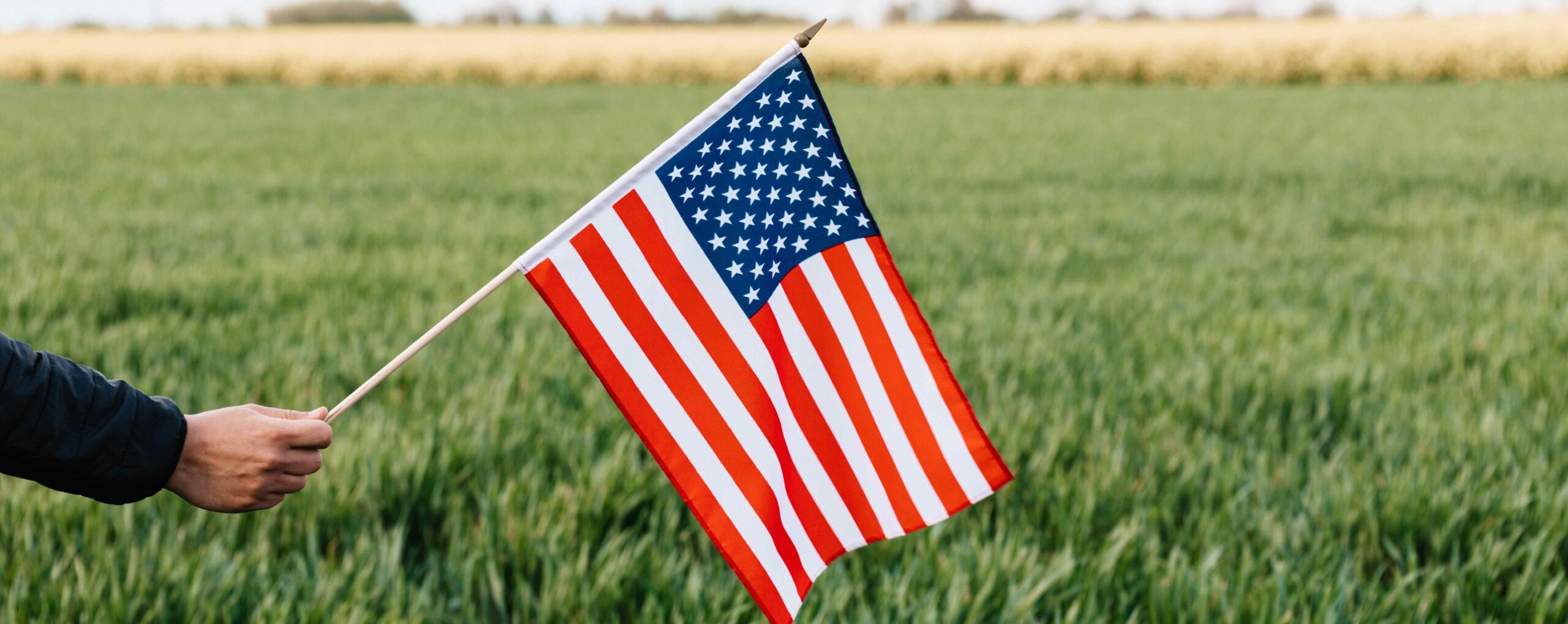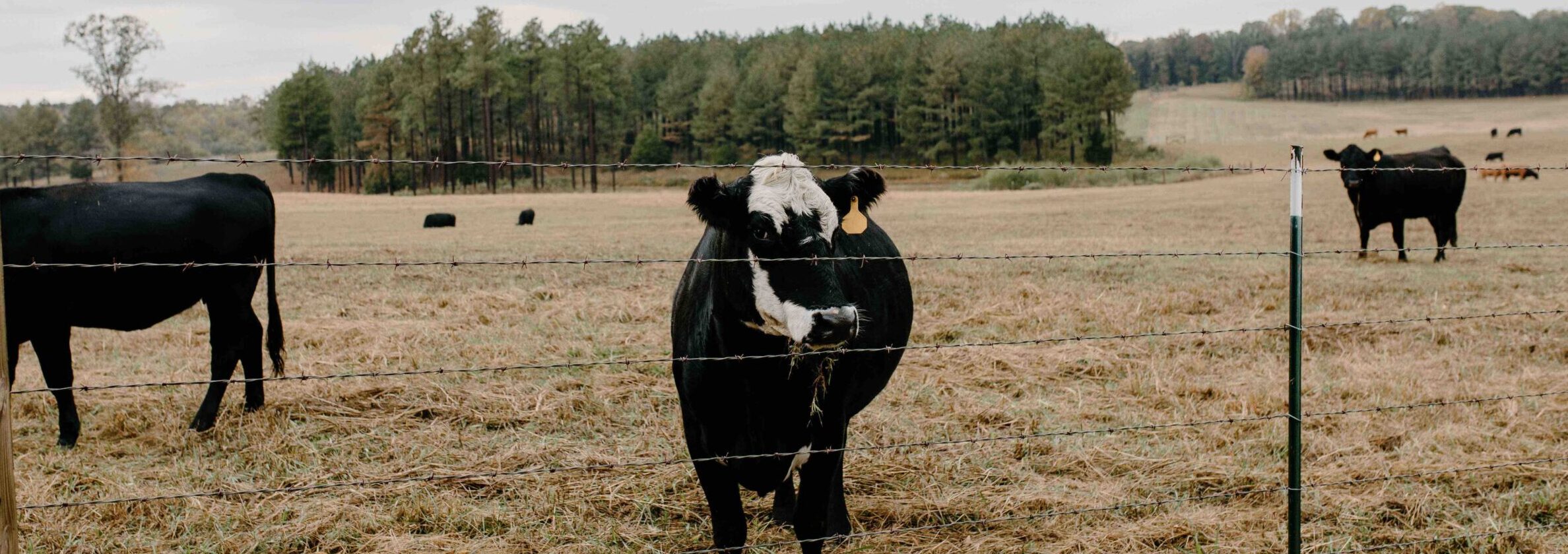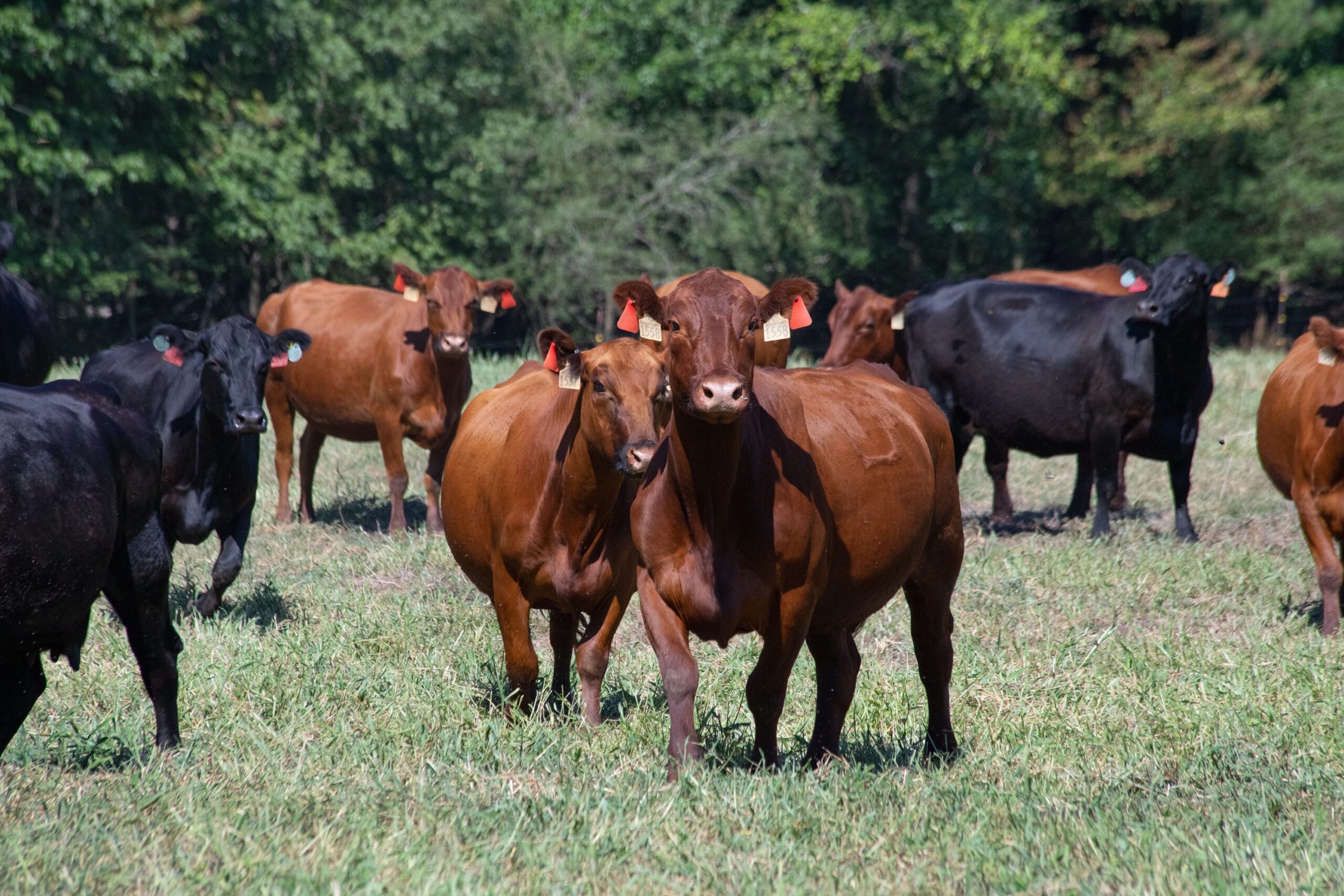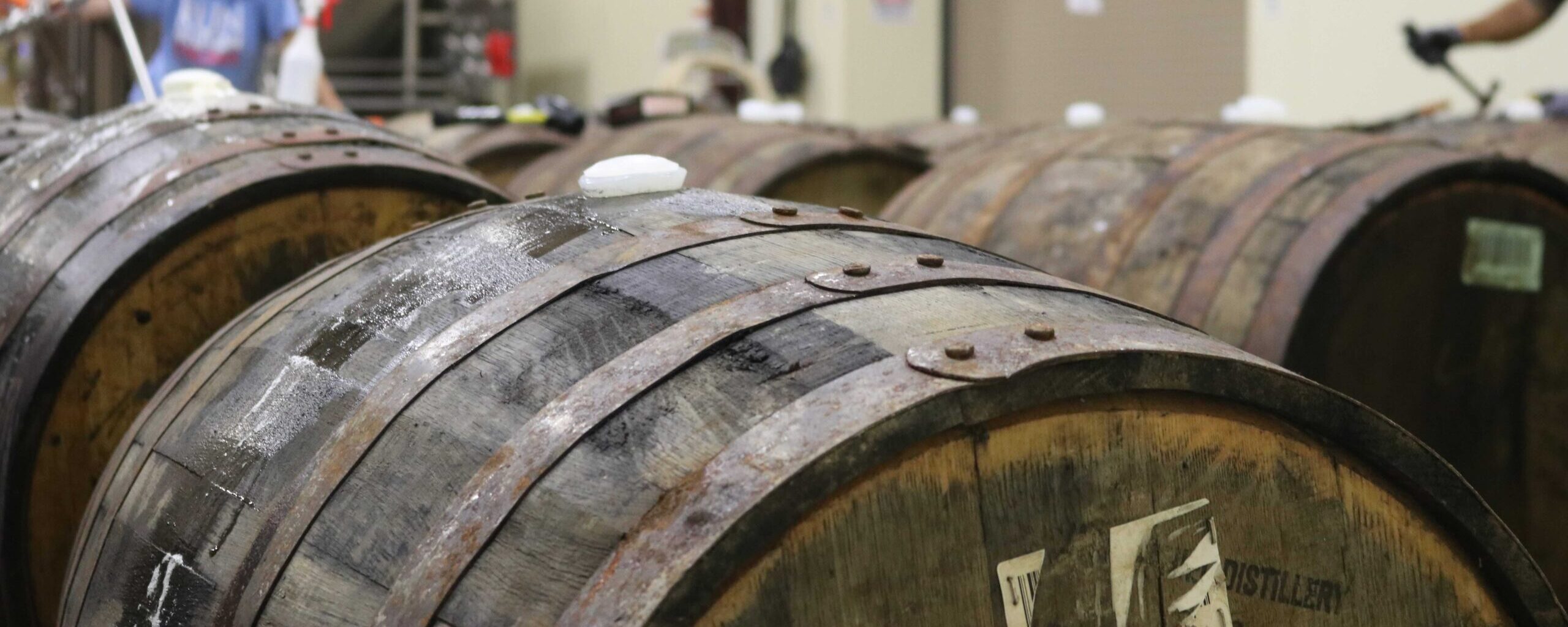In remarks during a March 16, 2023, hearing before the Senate Committee on Agriculture, Nutrition, and Forestry, Secretary Vilsack testified that while “our policies have ensured an increasingly abundant food supply, growth in farm size and consolidation has put extreme economic pressure on small and medium sized farms and our rural communities…. We must ask ourselves: do we want a system that continues to force the big to get bigger and the small and underserved to get out or do we want a build a more innovative system?”
The United States has grappled with this small-farm versus large-farm debate for decades.
While many claim that the safety net is targeted toward large farms, it should be noted that (1) the safety net is provided to producers on a per-acre basis regardless of size and (2) Congress has invested a significant amount of resources in helping small, beginning, socially disadvantaged, limited resource, and veteran producers get started in production agriculture. Congress has also significantly curtailed access to the farm safety net for larger farm operations via means testing, actively engaged determinations, and payment limits.
The U.S. has been on this path of fewer but larger farms since the beginning of the last century. Data from the 1920 Census indicated there were 6,448,343 farms with an average farm size of 148.2 acres.[1] According to the 2017 Census of Agriculture, in 2017 there were 2,042,220 farms with an average farm size of 441 acres.[2] Not only has average farm size been growing, it is also resulting in a shift in the composition of farms. Figure 1 illustrates that about one-half of U.S. production comes from large-scale family farms that only make up 3.2 percent of farms, versus 94.7 percent (small and moderate size farms) accounting for 26.2 percent of production. The USDA Economic Research Service (ERS) also noted that small-scale operators depend on off-farm income while large-scale farms derive almost all of their income from the farm.
These results have significant policy implications: namely, who is the farm bill – and the farm safety net in particular – intended to benefit? Washington think tanks argue that Title I benefits in the farm bill should be redirected to smaller farms. This ignores economic reality on the ground, where full-time family operations are putting enormous amounts of capital at risk. We applaud Congress for continuing to focus on full-time family producers who are actually trying to make a living from their operation – all while doing the most to feed the country.
Figure 1. Median income of farm households, by income source and farm type, 2021.

This paper summarizes the farm size part of a paper by these authors entitled “Examining Farm Size & Payment Limits” commissioned by the Southwest Council of Agribusiness.
[1] 1920 Census of Agriculture. Accessed at h#ps://agcensus.library.cornell.edu/census_year/1920-census/
[2] 2017 Census of Agriculture. Accessed at
https://www.nass.usda.gov/PublicaKons/AgCensus/2017/Full_Report/Volume_1,_Chapter_1_US/usv1.pdf
Outlaw, Joe, and Bart L. Fischer. “Shouldn’t the Farm Safety Net Target Those Feeding the Country?” Southern Ag Today 4(1.4). January 4, 2024. Permalink








